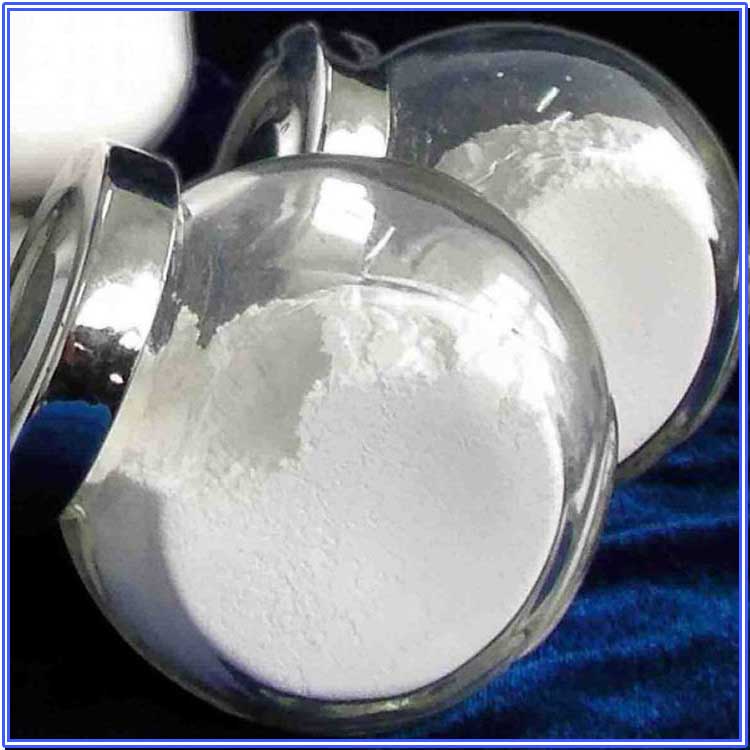Hebei Messi Biology Co., Ltd. stated that since the heavy oil (or residual oil) partial oxidation process and the water-coal slurry Texaco gasification process are both carried out at a relatively high pressure (generally 3.5-8.0 MPa), and the carbon monoxide concentration in the gas is relatively high (46-48%), the water vapor concentration is high (the steam/gas ratio is as high as 1.5), and the reaction heat is relatively high (the outlet temperature of the first stage can reach 450-460°C), the sulfur-resistant shift catalyst used in this process is required to be heat-resistant, water vapor-resistant and high-pressure-resistant, and the catalyst has a high strength and a stable structure, so that it has a sufficient service life. This catalyst generally adds magnesium oxide and some other additives to the carrier, or uses some special preparation methods to stabilize the structure of the carrier and the catalyst. We classify this catalyst as a high-pressure-resistant medium-temperature cobalt-molybdenum sulfur-resistant shift catalyst.

Magnesium oxide (MgO) is one of the important components of the catalyst. Accurate determination of the true content of magnesium oxide is of great significance for controlling the performance of the catalyst. The presence of the most interfering elements in the catalyst, such as Co2+ Fe+, Al+, etc., brings great difficulties to the EDTA complex titration of magnesium. In the original method (referred to as method I), potassium cyanide and triethanolamine were used to mask the interfering elements before complex titration. Since potassium cyanide is a highly toxic reagent, it is difficult to store, use and treat waste liquid. For many years, people have been looking for a safe alternative. The combined use of hydrogen peroxide (H2O2) and titanium dioxide (TiO2) successfully replaced potassium cyanide, reducing safety hazards and environmental pollution, and ensuring personal health.
The analytical method of using hydrogen peroxide and titanium dioxide to mask the interfering elements and determine the magnesium oxide content in the sulfur-resistant shift catalyst was verified, replacing the highly toxic reagent potassium cyanide used in the original method. The determination results are consistent with the original method, with a maximum relative average deviation of 0.70%, and a recovery rate of 97.60%~100.4%, with good reliability.
